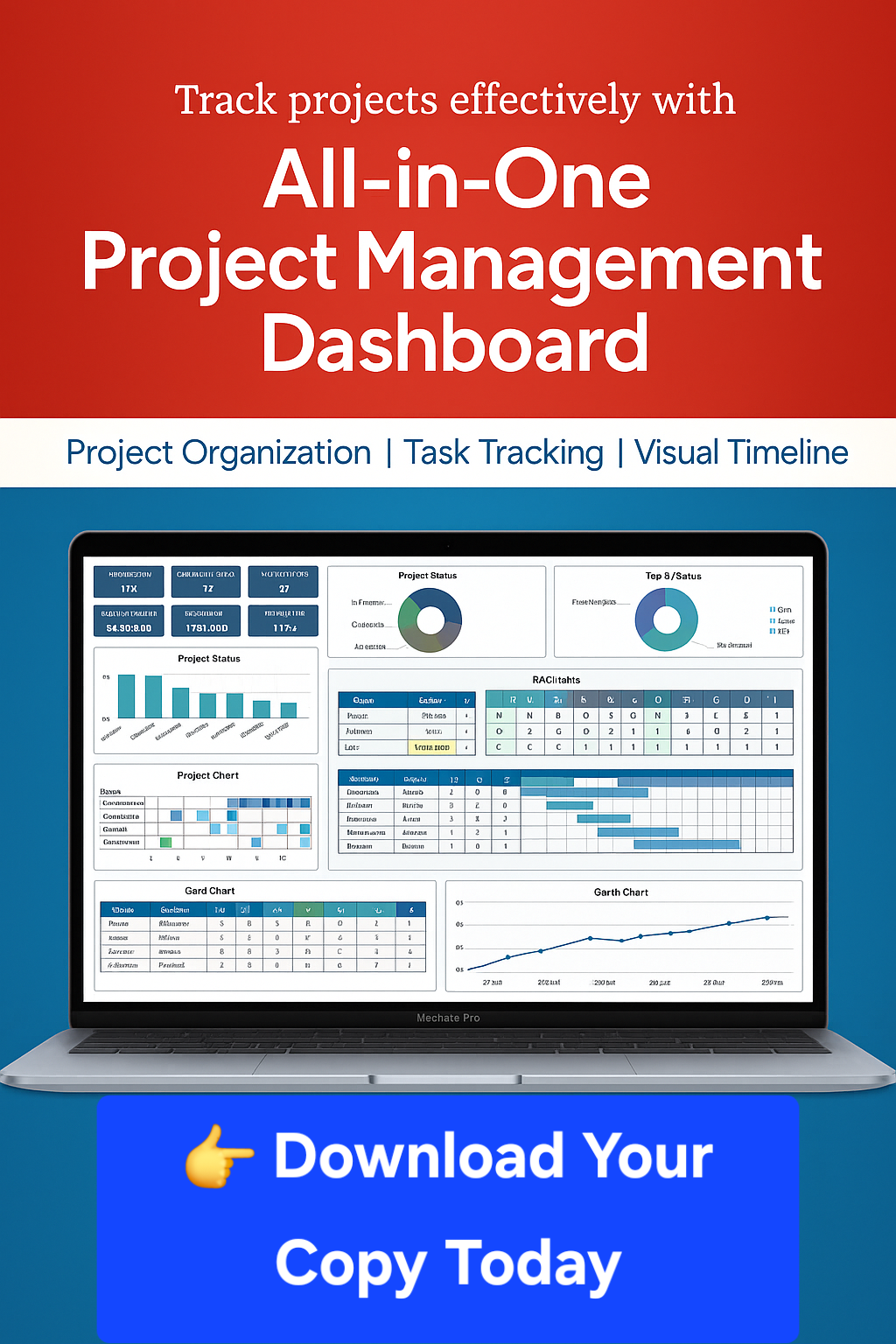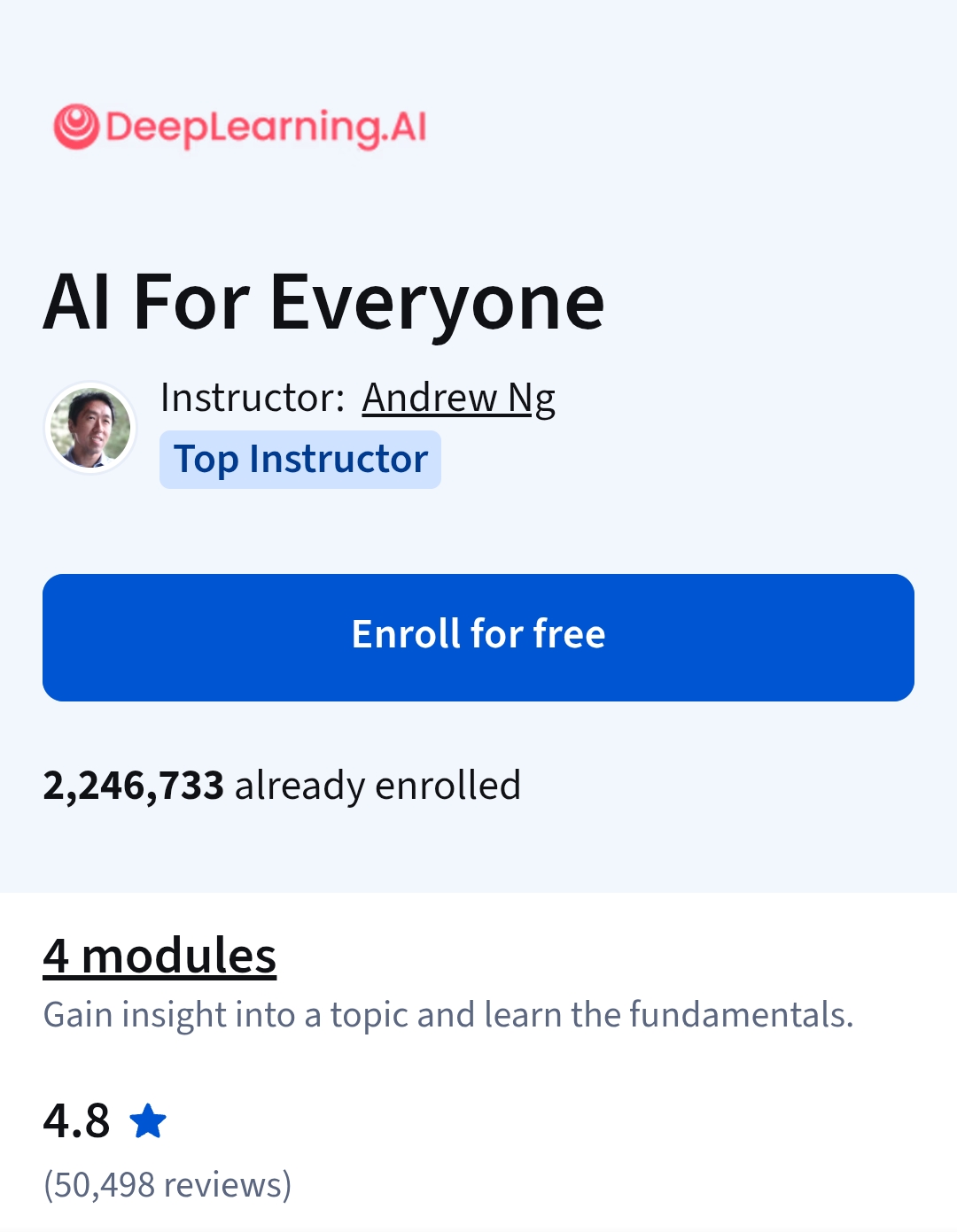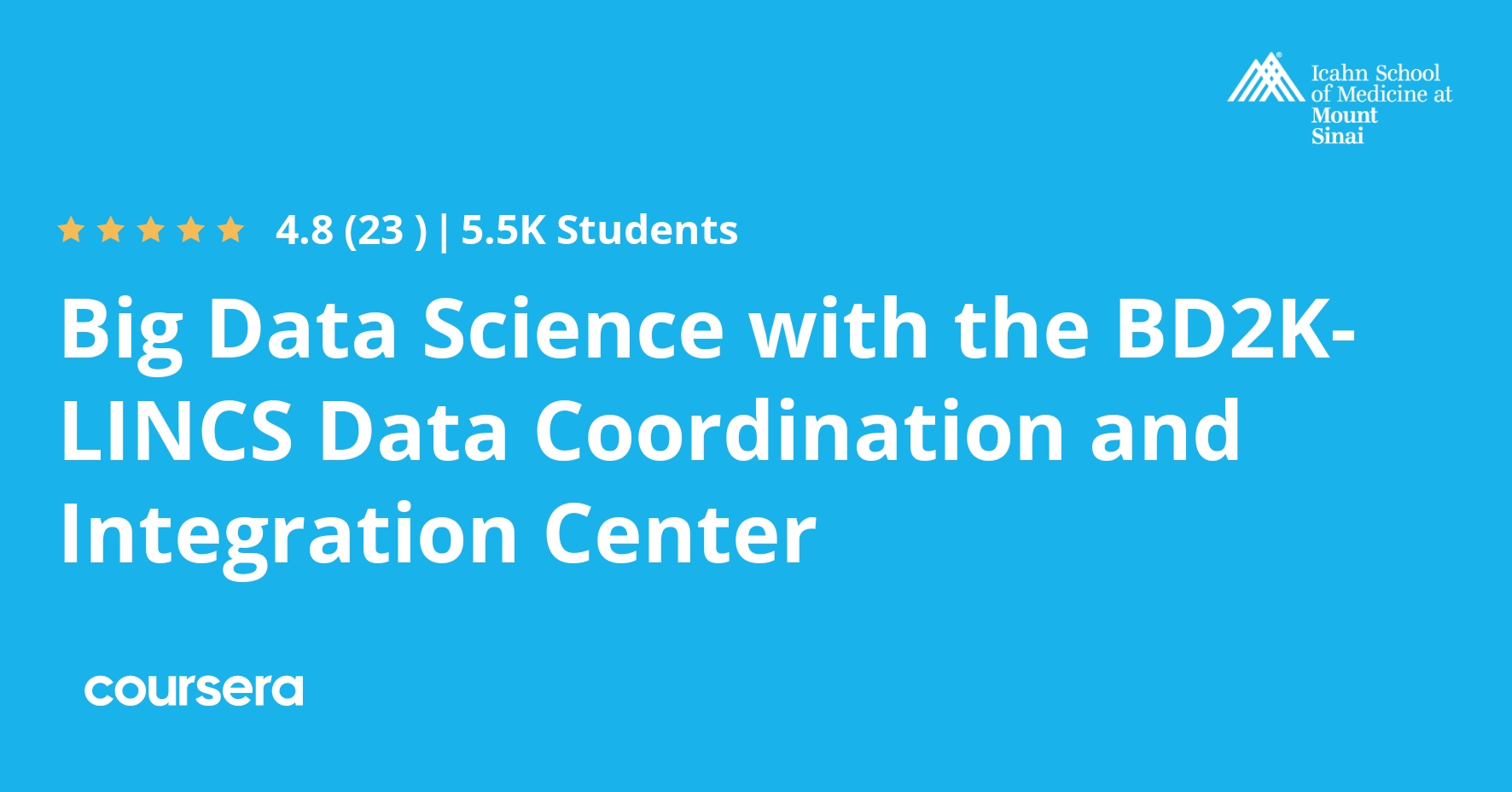Description
The Library of Integrative Network-based Cellular Signatures (LINCS) is an NIH Common Fund program. The idea is to perturb different types of human cells with many different types of perturbations such as: drugs and other small molecules; genetic manipulations such as knockdown or overexpression of single genes; manipulation of the extracellular microenvironment conditions, for example, growing cells on different surfaces, and more. These perturbations are applied to various types of human cells including induced pluripotent stem cells from patients, differentiated into various lineages such as neurons or cardiomyocytes. Then, to better understand the molecular networks that are affected by these perturbations, changes in level of many different variables are measured including: mRNAs, proteins, and metabolites, as well as cellular phenotypic changes such as changes in cell morphology. The BD2K-LINCS Data Coordination and Integration Center (DCIC) is commissioned to organize, analyze, visualize and integrate this data with other publicly available relevant resources. In this course we briefly introduce the DCIC and the various Centers that collect data for LINCS. We then cover metadata and how metadata is linked to ontologies. We then present data processing and normalization methods to clean and harmonize LINCS data. This follow discussions about how data is served as RESTful APIs. Most importantly, the course covers computational methods including: data clustering, gene-set enrichment analysis, interactive data visualization, and supervised learning. Finally, we introduce crowdsourcing/citizen-science projects where students can work together in teams to extract expression signatures from public databases and then query such collections of signatures against LINCS data for predicting small molecules as potential therapeutics.
What you will learn
The Library of Integrated Network-based Cellular Signatures (LINCS) Program Overview
This module provides an overview of the concept behind the LINCS program; and tutorials on how to get started with using the LINCS L1000 dataset.
Metadata and Ontologies
This module includes a broad high level description of the concepts behind metadata and ontologies and how these are applied to LINCS datasets.
Serving Data with APIs
In this module we explain the concept of accessing data through an application programming interface (API).
Bioinformatics Pipelines
This module describes the important concept of a Bioinformatics pipeline.
The Harmonizome
This module describes a project that integrates many resources that contain knowledge about genes and proteins. The project is called the Harmonizome, and it is implemented as a web-server application available at: http://amp.pharm.mssm.edu/Harmonizome/
Data Normalization
This module describes the mathematical concepts behind data normalization.
Data Clustering
This module describes the mathematical concepts behind data clustering, or in other words unsupervised learning – the identification of patterns within data without considering the labels associated with the data.
Midterm Exam
The Midterm Exam consists of 45 multiple choice questions which covers modules 1-7. Some of the questions may require you to perform some analysis with the methods you learned throughout the course on new datasets.
Enrichment Analysis
This module introduces the important concept of performing gene set enrichment analyses. Enrichment analysis is the process of querying gene sets from genomics and proteomics studies against annotated gene sets collected from prior biological knowledge.
Machine Learning
This module describes the mathematical concepts of supervised machine learning, the process of making predictions from examples that associate observations/features/attribute with one or more properties that we wish to learn/predict.







